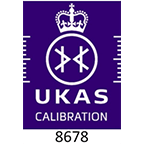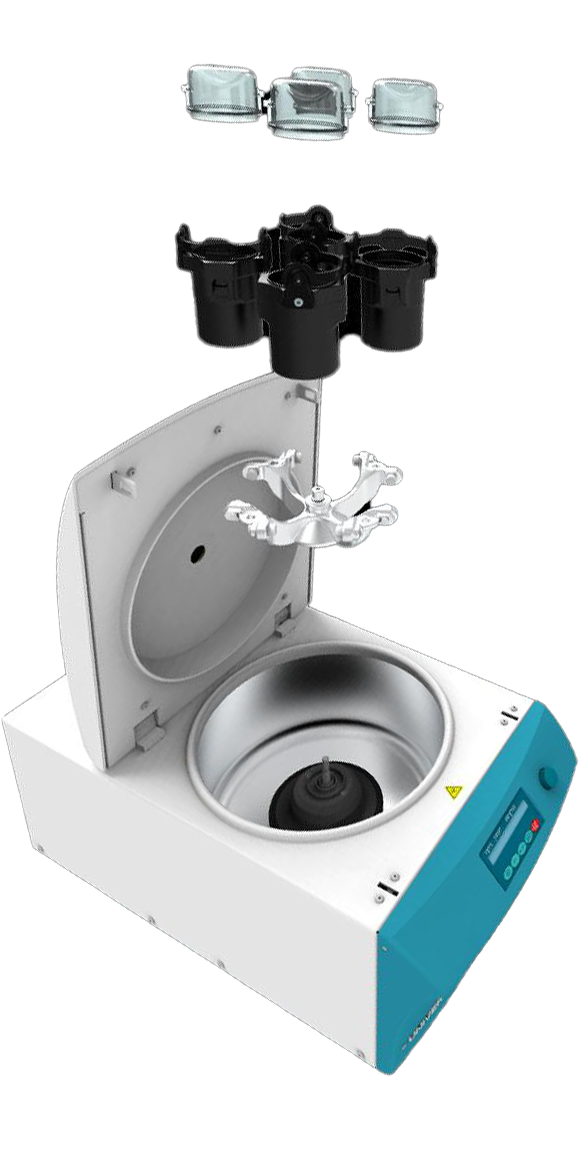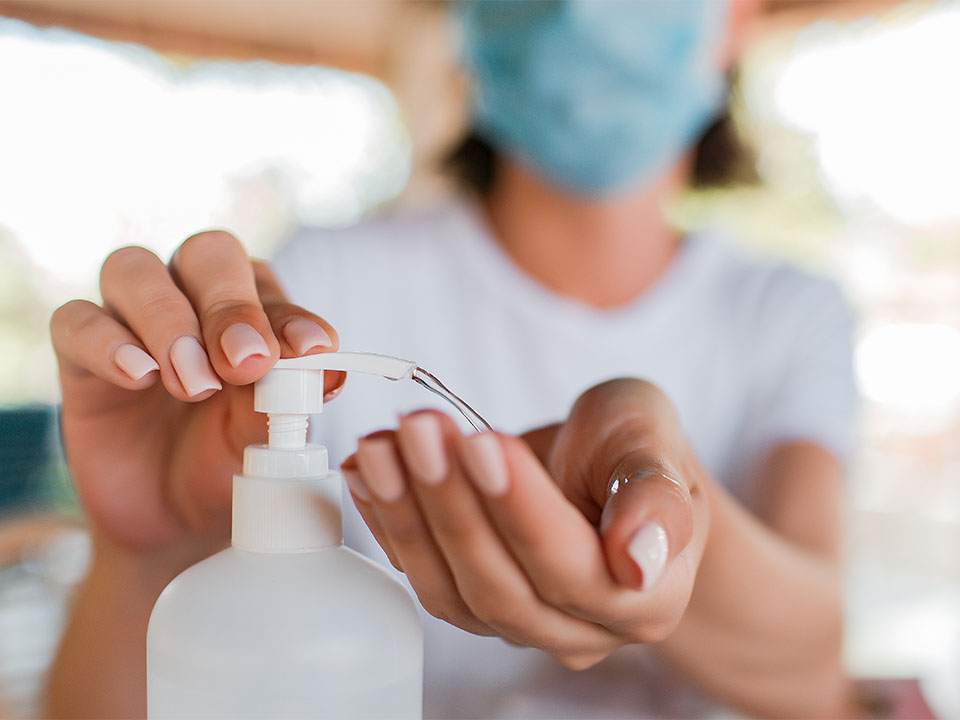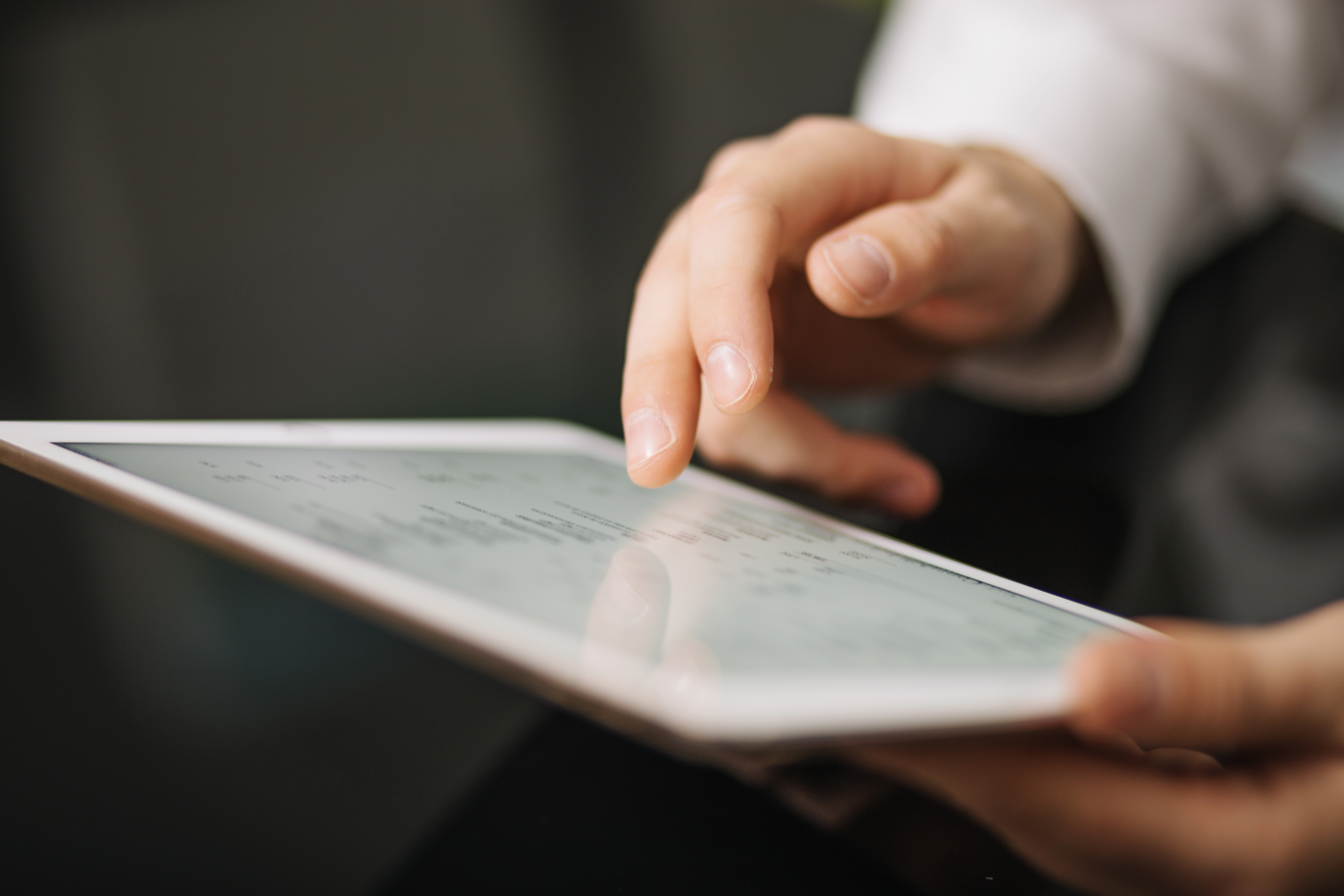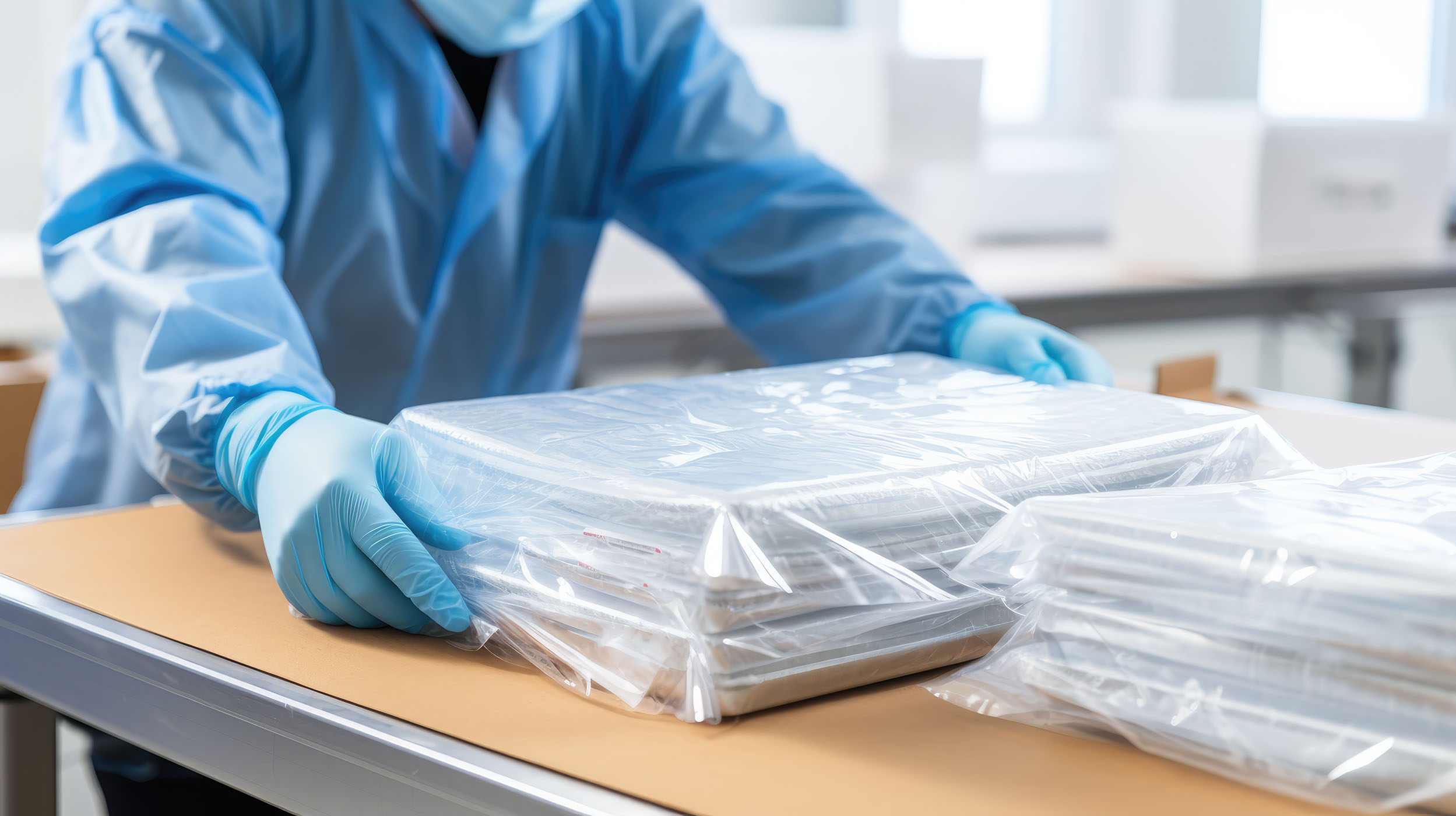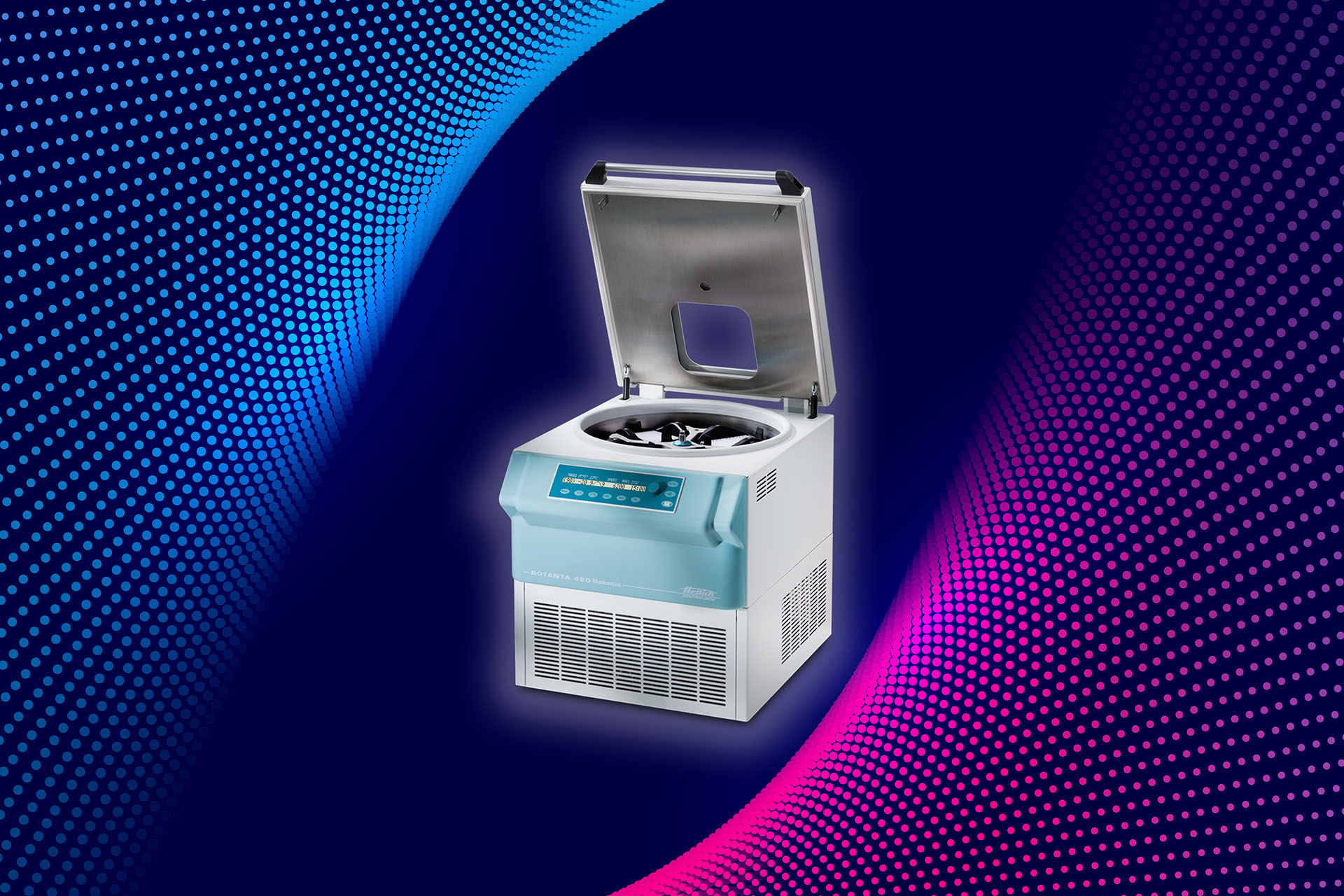Hand hygiene is generally accepted as being critical in reducing healthcare associated infections (HCAIs) in hospitals. A study carried out by Kirkland et al back in 2012 found a direct correlation between higher hand hygiene and lower HCAI rates. However, the importance of hand hygiene stretches further back than that.
During the mid-19th century, a physician called Ignaz Phillipp Semmelweis believed that by improving hand washing practices, patient mortality, which was around 10-35% at this time, could be reduced. Back then, his ideas were not accepted, in part because he worked in a medical establishment which resisted change, but also because there was a lack of scientific evidence to support his cause.
However, in today’s modern hospitals, hand hygiene is widely considered to be paramount in reducing HCAIs. It needs commitment from the very top, with department managers overseeing and enforcing the hand hygiene of their staff. Furthermore, an inclusive approach is needed where everyone carries out good hand hygiene practices.
In recent times, it has been reported that NHS hand hygiene performance rates exceed 90%. At face value, this may seem like the situation is under control. However, both government and hospital managers should be sceptical about such claims. The reality is that it is very difficult to actually monitor hand hygiene unless advanced technology is used. Observations of hand hygiene, which is usually carried out visually by staff members are simply not accurate enough.
Fortunately, help is at hand in the form of modern technology. There is automatic electronic hand hygiene monitoring systems available which can record people’s use of a hand sanitiser. The system uses a passive infra-red (PIR) sensor located by the doorway to detect when a person comes in or leaves a room. The hand sanitisers are fitted with and electronic device which records each time it has been used. Data from this electronic device is sent to the cloud from where is can be examined and downloaded. People working in the department can have red only access to the data to check their score. This information can be provided via a PC, laptop or tablet and the relevant member of staff can then take action. Alternatively, the data can be fed into TV screens which are displayed throughout the department.
Such a system can be very effective at improving hand hygiene. Typically, when people know they are being watched, they will exhibit different behaviour from when they are not being monitored. However, if they monitoring system is discontinued, i.e. the hospital manager is confident that performance rates are high and so decides to stop recording data, then bad habits creep in. Staff members tend to revert back to their old ways, when they know they are not being watched.
Therefore, any monitoring system should be a permanent fixture of the hospital and not simply an isolated periodic check throughout the year.
It is worth mentioning that any monitoring system that is implemented cannot be perfect. Of course it is much more advanced than simple visual observation, but no system can currently give 100% accurate and reliable data. It is currently impossible to monitor every single interaction between, for example, a nurse and every patient they come into contact with during their working day.
Therefore, one option is to try and minimise the number of interactions a healthcare professional would have with a patient. The TriTemp non-contact digital thermometer is a good example of this. It uses infra-red technology to take the temperature of a patient without any contact at all. Hospitals need to lean towards using products like this in order to minimise interactions between healthcare professionals and their patient and thus lower HCAIs in the long term.
In the meantime, everyone who steps foot into a hospital, be it a doctor or a patient need to understand the importance of hand hygiene and how it can minimises HCAIs and saves lives.


